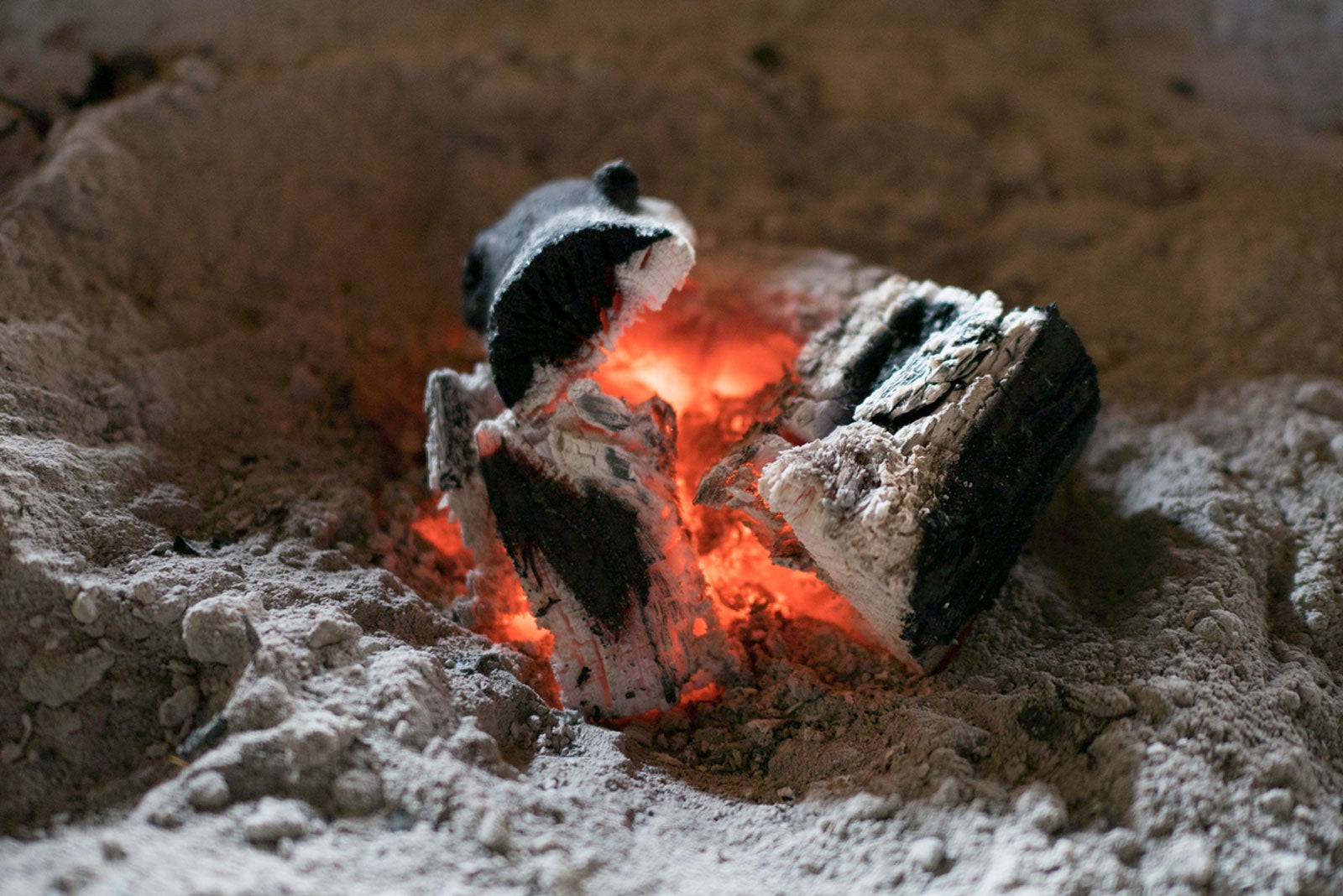Give an example a pure substance

_________ happens when a solid turns into a liquid.

Melting
(DO NOT SAY IT ALOUD) Draw an object that converts electrical energy into mechanical energy on the blackboard. Explain afterwards.
Fan, blender, electric motor, electric car, electric scooter
What is the powdery substance that remains after burning something?

Ash
Give an example of a mixture.

(NO HELP FROM YOUR TEAM) What is the melting & boiling point of water?
0°C / 100°C
What is the difference between kinetic energy and potential energy?
Kinetic energy: The energy of an object due to its movement (moving objects)
Potential energy: The energy of an object due to its position (non-moving objects)
Which chemical reaction occurs in vehicle engines?
Combustion
(NO HELP FROM YOUR TEAM) Write the name of a heterogeneous mixture on the blackboard.
Soil, salad, paella, m&m's, sand in water
Vaporisation occurs when a liquid turns into a gas.
______________ happens slowly. (wet clothes drying on a clothes line)
______________ happens quickly. (water on a hot stove)
Evaporation happens slowly.
Boiling happens quickly.
What type of energy is IN food and what type of energy does it transform into after digestion?
Chemical energy is in food and it is transformed into thermal and mechanical energy
True or False: When a chemical reaction occurs, the original matter can later be recovered.
FALSE: A chemical reaction cannot be reversed
(NO HELP FROM YOUR TEAM) Write the name of a homogeneous mixture on the blackboard.
blood, saltwater, coffe, tea, milk
(NO HELP FORM YOUR TEAM) What is solidification?

When a liquid turns into a solid.
How is electrical energy produced?
It's produced by the movement of charged particles
What is produced when oxygen, water, and metal are combined?
Evaporation is used to separate __________ from____________ in ______________ mixtures.
Decantation is used to separate substances of ___________ density in ______________ mixtures.
Evaporation is used to separate solids
from liquids in homogeneous mixtures.
Decantation is used to separate substances of different density in heterogeneous mixtures.
Physical changes are changes to _______, _______, ________, or _____________. They do not produce new substances
Physical changes are changes to size, shape, colour, or state of matter. They do not produce new substances
Give an EXAMPLE of each type of energy (Hint: there's 6 types)
Examples:
Mechanical: riding a bike
Chemical: Food, fuel, batteries, etc
Electrical energy: appliance, trains, elevators, light bulbs, etc
Light Energy: The sun, lightbulbs
Nuclear Energy: Uranium, plutonium (nuclear fuels)
Thermal energy: soup, heater, lightbulb, or other high temperature objects
Define chemical reaction
When atoms react and group together differently
What is filtration & distillation?

Filtration: Separates solids from liquids or large solids from smaller solids in heterogeneous mixtures. Requires a sieve or filter.
Distillation: Used to separate liquids with different boiling points. A mixture will be boiled until one liquid turns to gas. This gas is then condensed into liquid again and collected.
What is sublimation and reverse sublimation?
Sublimation: When a solid turns into a gas
Reverse sublimation: When a gas turns into a solid.
How do nuclear fuels release energy?
Their atoms split apart!
Note: Nuclear energy is used to produce electrical energy in nuclear power plants
Give an EXAMPLE of each type of chemical reaction
Examples:
Oxidation: Rust
Combustion: burning wood, vehicle engines, power plants, baking food
Fermentation: Yoghurt, wine, cheese, soy sauce, etc